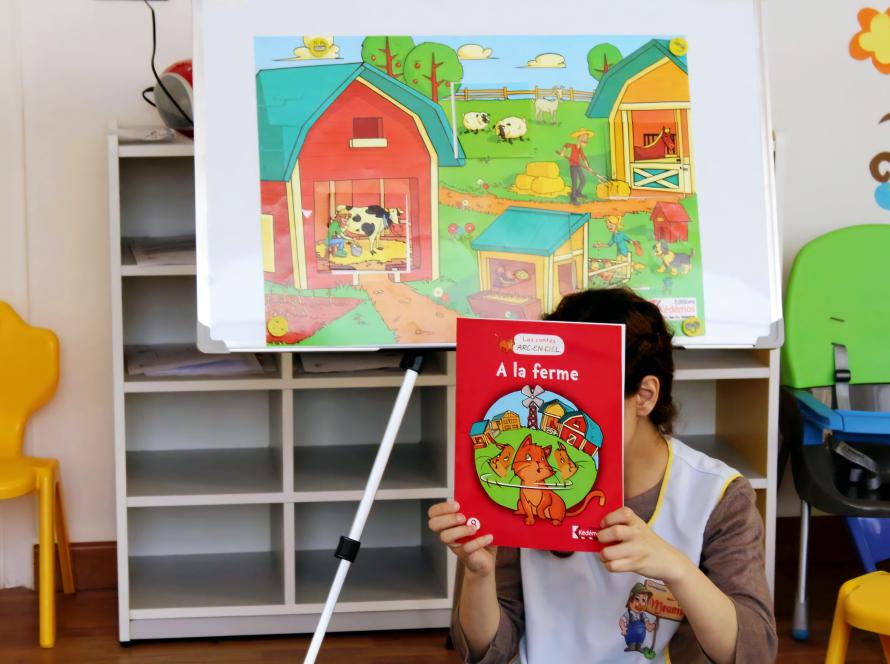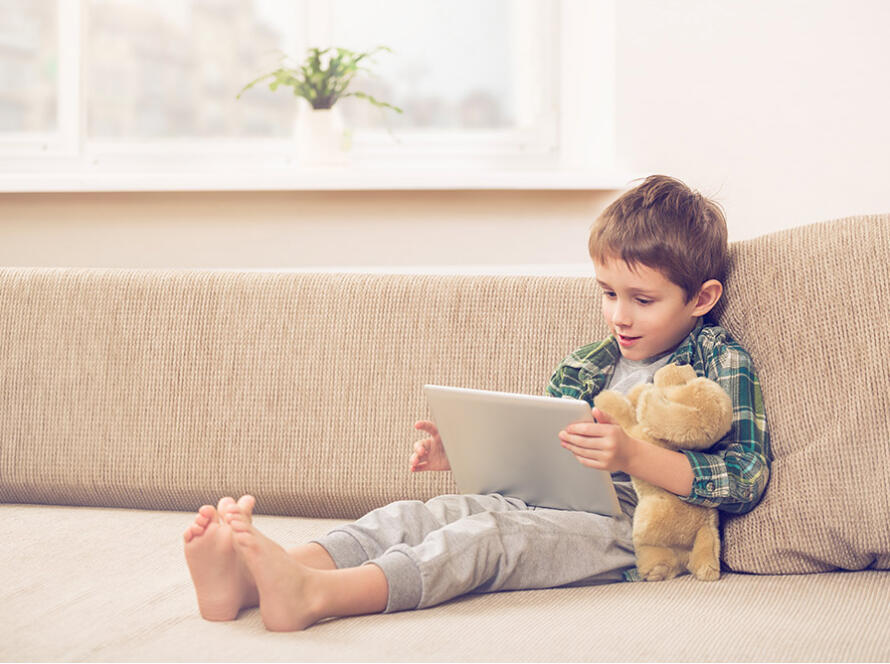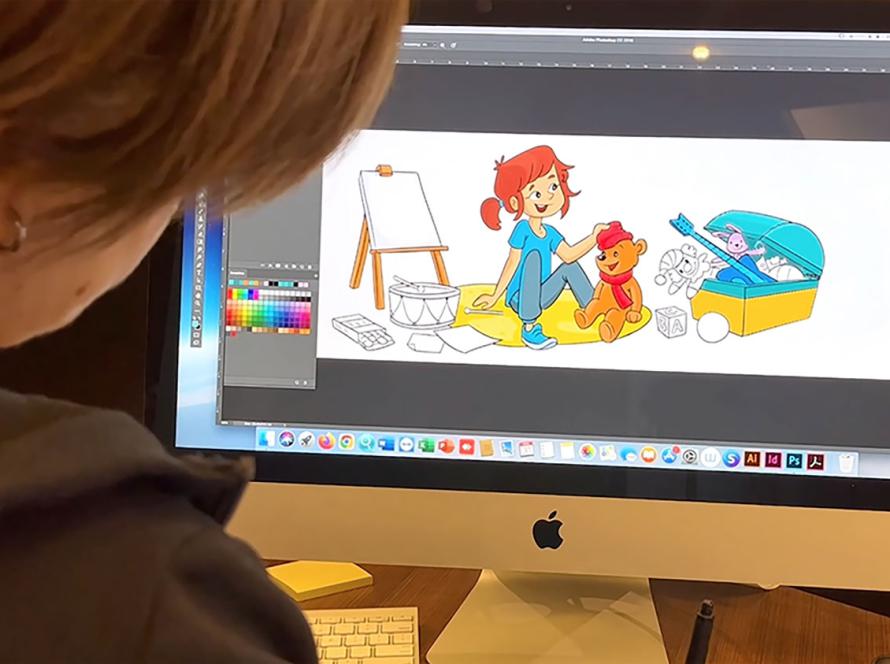Ever wonder why kids ask “Why?” about a million times a day? It’s not just to drive you crazy! Their curiosity is in overdrive as they try to make sense of the world. But are you constraining that natural inquisitiveness without realizing it? Letting kids explore and learn on their own can work wonders for their development. Instead of always jumping in with answers, what if you stepped back and let them figure things out on their own? Don’t worry, you’re not neglecting your parental duties. In fact, nurturing independent learning might be one of the best things you can do for your child’s growth.
The Benefits of Allowing Kids to Learn on Their Own
Fostering Independence and Confidence
When we give children the freedom to explore and learn on their own, we’re nurturing their independence. This self-directed approach allows kids to develop problem-solving skills and build confidence in their abilities. As they tackle challenges independently, they learn to trust their instincts and become more self-reliant.
Encouraging Curiosity and Creativity for Kids to Learn on Their Own
Self-learning ignites a child’s natural curiosity. When kids follow their interests, they’re more likely to dive deep into subjects, asking questions and seeking answers. This process sparks creativity as they find unique ways to understand and express what they’ve learned. It’s a beautiful cycle that fuels their passion for knowledge.
Developing Lifelong Learning Skills
By embracing self-learning, children acquire valuable skills that will serve them throughout life. They learn how to research, manage their time, and set goals. These abilities are crucial in our fast-paced world, where continuous learning is key to success. Plus, when kids enjoy the learning process, they’re more likely to become lifelong learners.
So, giving children the freedom to explore and learn on their own doesn’t only help them become independent and confident. It also fosters in them a curiosity and creativity that will help them thrive in a fast-paced world where continuous learning is key. And as they grow, they will hold on to the skills and knowledge they have collected over the years.
How to Nurture Curiosity and Self-Learning in Children
Create an Inspiring Environment
Spark your child’s curiosity by setting up a stimulating home environment. Fill bookshelves with books that tackle diverse topics, display interesting objects, and rotate educational toys. Bring up different subjects while chatting with your children and listen to their ideas and thoughts. This encourages exploration and self-directed learning.
Encourage Questions and Exploration for Kids to Learn on Their Own
When your child asks “Why?”, embrace it as a learning opportunity. Instead of providing immediate answers, guide them to discover solutions independently. Challenging their young minds will encourage them to find creative and unexpected answers. This fosters critical thinking and problem-solving skills.
Provide Age-Appropriate Resources
Stock up on engaging materials that match your child’s interests and abilities. From picture books to science kits, having accessible resources empowers children to dive into subjects they’re passionate about – or to develop new passions! Remember, self-learning thrives when kids have the right tools at their fingertips.
Model Lifelong Learning for Kids to Learn on Their Own
Show your children that learning is a lifelong journey. Share your own curiosity about the world, tackle new hobbies together, and demonstrate how to find information when you don’t know something. Your example will inspire their love for continuous self-improvement and discovery.
It is essential to open children’s eyes to the world from a young age. By providing them with many books, science kits, educational toys, and interesting debate subjects, you can nurture a lifelong curiosity in your kids. And never forget that your children look up to you! Sharing your curiosity and experience will hence encourage them to never stop learning!
Examples of Self-Learning Activities for Children of All Ages
Fostering self-learning in children doesn’t have to be complicated. There are countless activities that can spark curiosity and encourage independent exploration. For younger kids, consider setting up a discovery table with various objects like magnets, shells, or leaves. Let them touch, observe, and ask questions at their own pace.
Older children might enjoy project-based learning. Encourage them to choose a topic they’re passionate about and create a presentation or model. This could be anything from building a miniature solar system to researching their favorite animal’s habitat.
For tech-savvy youngsters, educational apps and games can be fantastic self-learning tools. Look for options that allow kids to progress at their own speed and explore different subjects.
And don’t forget the power of reading! Create a cozy reading nook filled with books on various topics. This simple setup can inspire hours of self-directed learning and imagination.
Remember, the key is to provide resources and gentle guidance while letting children take the lead in their learning journey. By nurturing this curiosity, you’re setting them up for a lifetime of joyful discovery.
Conclusion
So there you have it! Nurturing curiosity and giving kids space to learn independently can work wonders. By stepping back a bit and letting children explore on their own, you’re helping them develop critical thinking skills, creativity, and a lifelong love of learning. Sure, it might get messy sometimes (hello, kitchen “science experiments”), but the payoff is huge. Remember, you’re not checking out completely, you’re still there to guide and support. But by fostering their natural curiosity, you’re setting them up for success in school and beyond. So the next time your child asks “Why,” go ahead and step out of the box. Your curious kids will thank you for it someday!








